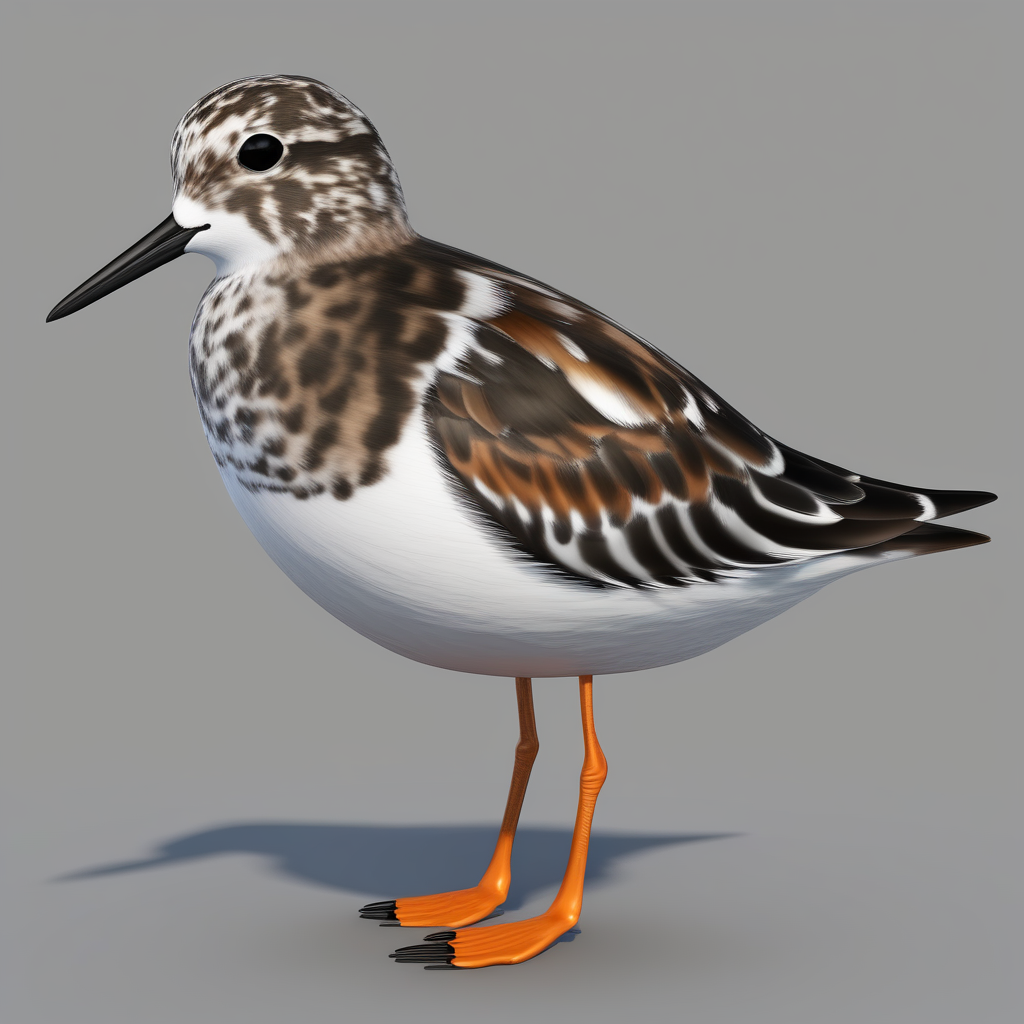Turnstone is a shorebird species belonging to the sandpiper family. Scientifically known as Arenaria interpres, it is primarily found in coastal areas and is known for its distinctive behavior and appearance. The name “turnstone” comes from its unique habit of flipping over small stones, shells, or other debris with its bill to uncover hidden prey such as insects, crustaceans, and mollusks.
One of the most striking features of the turnstone is its plumage. During the breeding season, its upperparts are beautifully patterned with a mix of black, white, and chestnut colors. This allows it to blend perfectly with the rocky shores it inhabits, providing excellent camouflage against predators. However, during the winter months, their plumage undergoes a molt, and they take on a more subdued appearance with gray-brown feathers.
Turnstones are highly adaptable birds that can be found in various habitats, including arctic tundra, rocky coasts, sandy beaches, and mudflats. They have a remarkable ability to withstand extreme climatic conditions, making long-distance migrations to reach their breeding grounds in the Arctic Circle. These birds often form large flocks during migration, and their distinctive calls can be heard as they fly in V-shaped formations.
In addition to their feeding habits, turnstones are also known for their acrobatic flights and agile movements on the ground. They utilize their strong wings to navigate through coastal areas, often flying close to the water’s surface. On the ground, they are exceptionally nimble, running swiftly and efficiently along the shoreline as they search for food. Turnstones are fascinating shorebirds that exemplify the adaptability and resourcefulness needed to thrive in their dynamic coastal environments.
